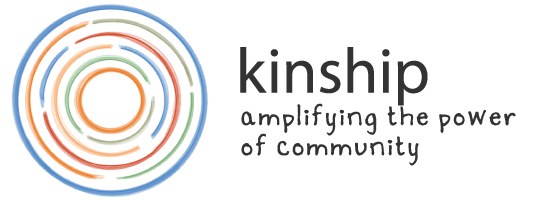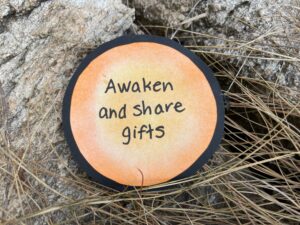When you hear the phrase, “hidden treasure” it might bring to mind images of a heroic leader going on a quest to find and unearth a chest filled with gold that is buried somewhere.
Our organizations and communities have hidden treasures that are not recognized or seen, for example:
- When people are viewed through the biased lens of being “less than” or “other,” all that they have to offer is not recognized or invited forth.
- People may respond to a cutthroat and punitive workplace environment by shutting down and bringing less of themselves and their ideas forward. The potential of what could be created with everyone’s full contribution is hidden and suppressed.
- The mindset of white supremacy and/or cultural superiority of “civilized” nations cuts off information and understanding of the wisdom and lived experience of other cultures, in the past and present.

We can each work on having the eyes to see gifts and potential – and work with others to uproot our biases and limiting assumptions. The way we see a person or community affects how we interact with them. In a powerful example of this, I’ve learned a lot from the story of John Caulker and Libby Hoffman, who were two visionaries working in partnership in Sierra Leone to support communities reconciling after the civil war and rebuilding healthy communities. In her new book, The Answers are There, Libby describes visiting a village in Sierra Leone where the women were working together for the community’s welfare, with resourcefulness and commitment. She writes:
“But when outsiders look at [the village] what do we see? Do we see the village primarily in terms of what happened to it – the challenges its people have faced and the problems they have? Or do we see the resources and potential, the capacity that is present within the community, even if it is not yet visible to us, ready to be invited into action and expression?”
When we approach a community with a deficit-based lens that focuses on problems and needs, it makes it “more difficult to see, much less build on, the resources and potential already present within communities “in need.”
Part of my vision with Kinship is to encourage us to practice coming from this orientation: How can I be in service to this person and the group uncovering hidden treasures and growing into their full potential? I invite you to check out this short video I created called Awaken and Share Gifts


